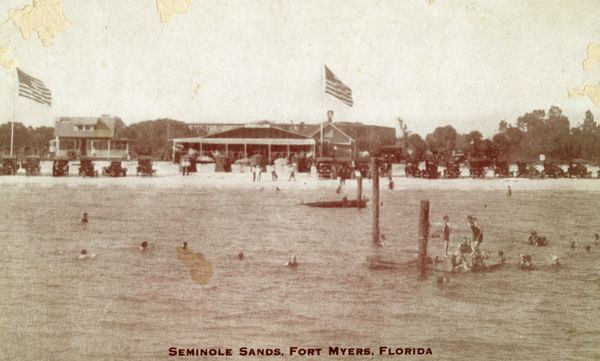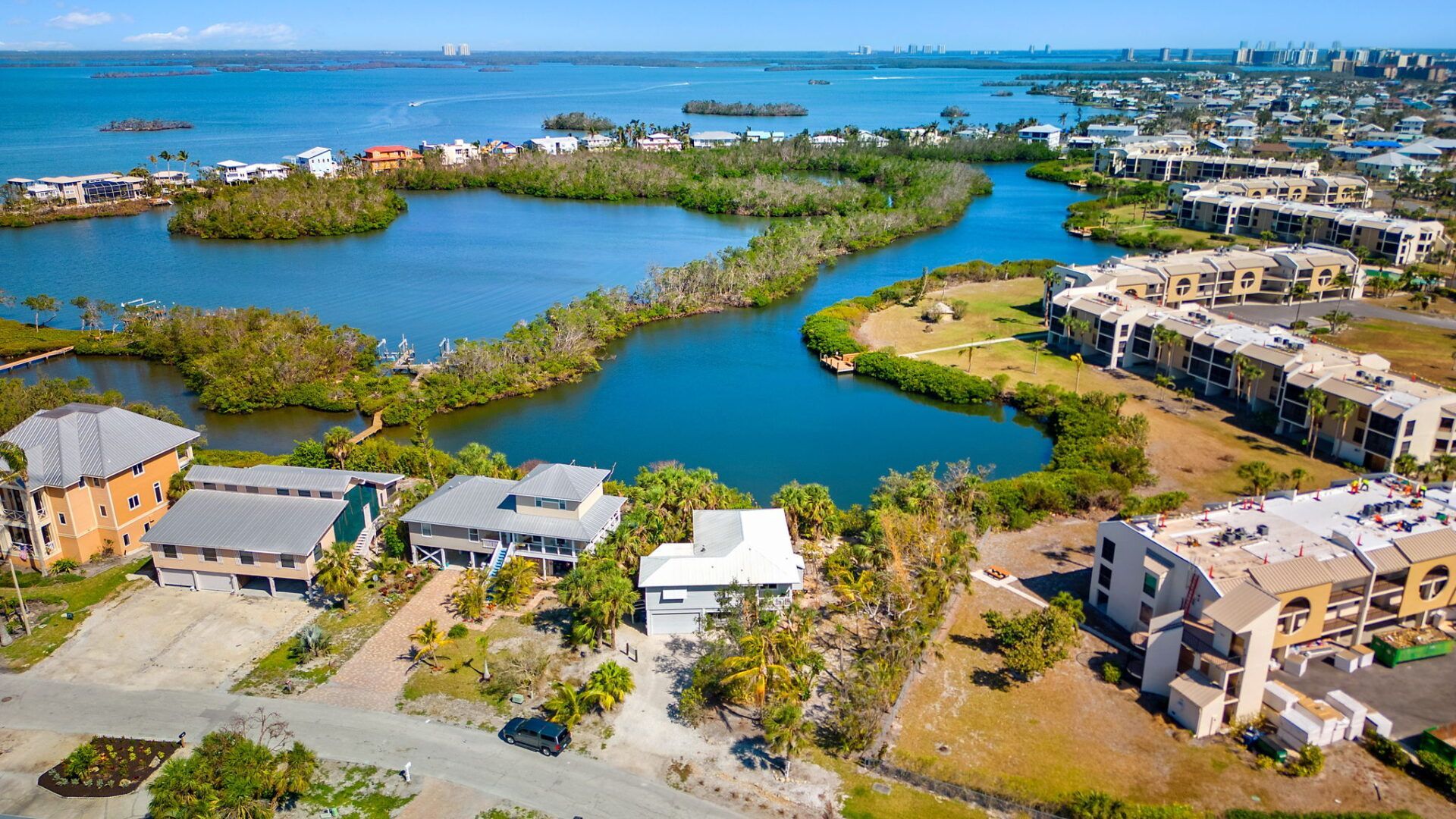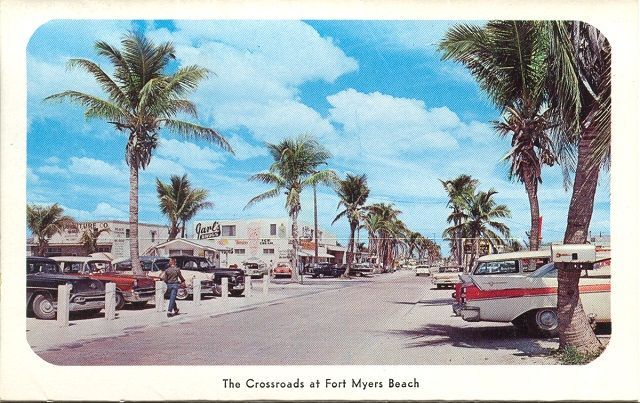COVID, Ian, Red Tide, and now a Giant Blob of Seaweed: How much more can we take?
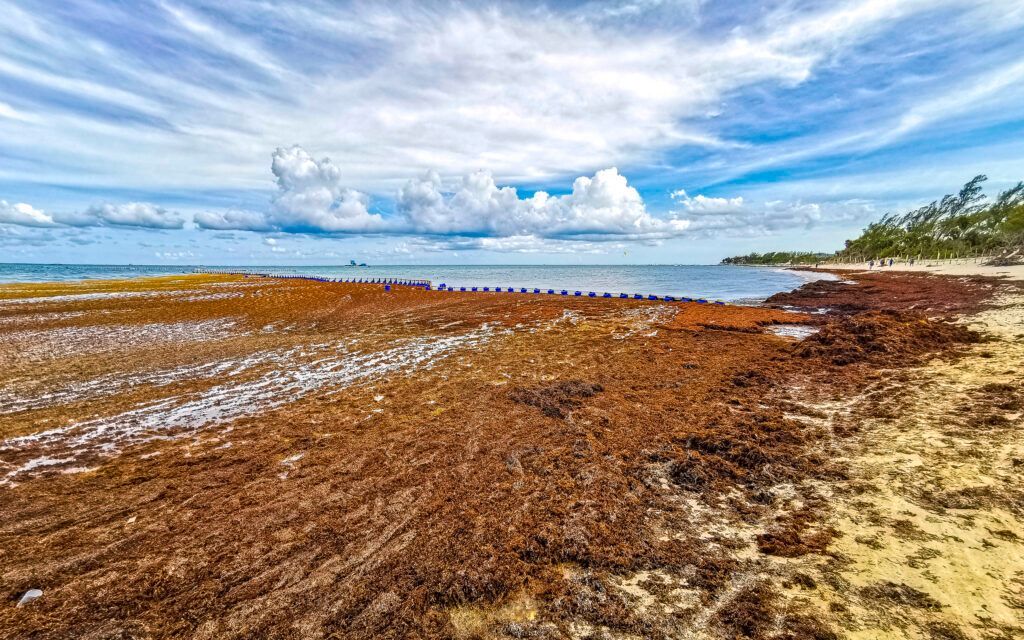
The beautiful Caribbean beach totally filthy and dirty the nasty seaweed sargazo problem in Playa del Carmen Quintana Roo Mexico.
For most of my life, Sargassum has been an elusive natural occurrence known by anglers as a “Weed Line.” These patches of Sargassum float offshore in the Atlantic providing food and shelter for bait fish as well as fish that live in the pelagic zone of the ocean which is neither close to the bottom nor near the shore. These fish, such as dolphin (mahi), wahoo, and tuna are found offshore and tend to hang around the weed lines.
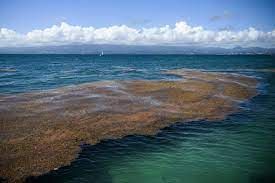
The weed lines are generally small patches of seaweed floating along with the wind and tides. When fishing for dolphin, seeing a large weed line is a promising sight, and we have spent many hours driving around the ocean in search of these natural phenomenon. Once we find a decent weed line, we throw over the lines and begin trolling for the pelagic fish that hang around these patches to feed. Therefore, when I first heard about the “blob” of Sargassum that is threatening the Keys and the Gulf Coast, I had to learn more, so here is the scoop on our latest challenge known as the Great Atlantic Sargassum Belt.
Sargassum is a type of macroalgae that has been floating in patches across the North Atlantic for quite some time. However, in 2011, scientists noticed unusual amounts of the seaweed were creating a “belt” from West Africa to the Caribbean Sea and the Gulf of Mexico. Presently, this seaweed belt is riding the currents west.
Now, the blob is predicted to drift into the Gulf and is expected to come ashore by this summer. When in the water, the blob just floats along with the tide and is harmless. However, once it reaches the shore, the algae begins to rot creating toxic fumes that smell like rotten eggs. The rotting seaweed degrades the water quality and pollutes the beaches. It can also affect mangrove habitats and suck oxygen out of the water creating dead zones.
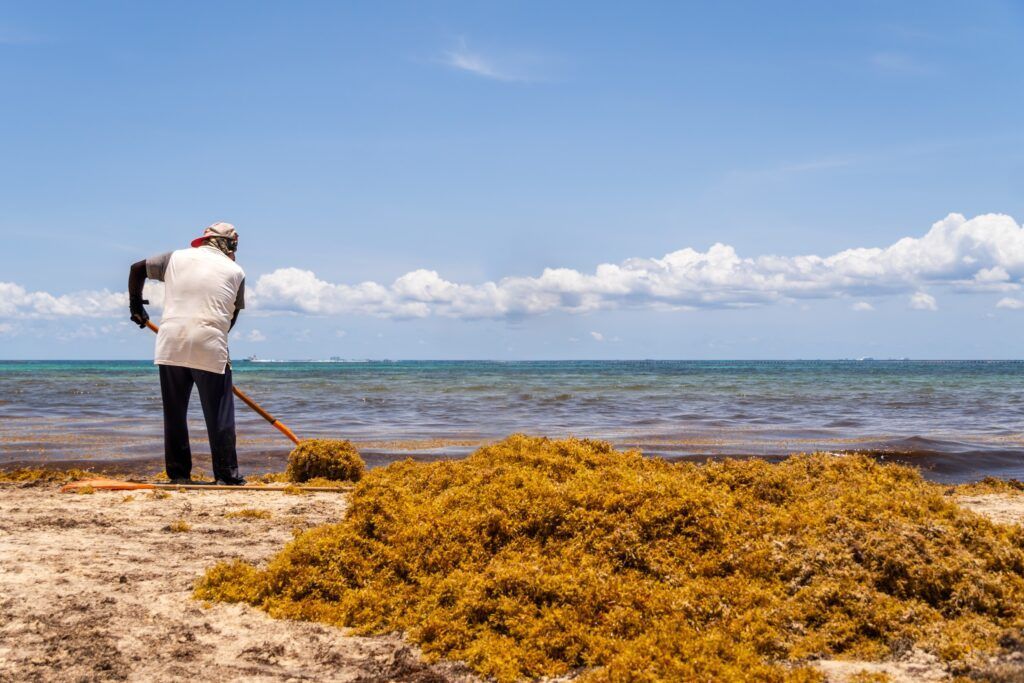
Worker cleaning dirty sandy beach of sargassum sea plant. Ecology problem on tropical islands.
A satellite image shows a mile long patch of Sargassum off the coast of Key Largo. The blob is pushing west and will eventually end up in the Gulf sometime this summer, most likely in July according to Dr. Brian Lapointe of FAU.
CNN reports that this year’s bloom began to form earlier than usual and has doubled in size between December and January. Their article quoted Lapointe as saying that “This is an entirely new oceanographic phenomenon that is creating such a problem — really a catastrophic problem — for tourism in the Caribbean region where it piles up on beaches up to 5 or 6 feet deep.” The article also noted that in Barbados, locals were using “1,600 dump trucks a day to clean the beaches of this seaweed to make it suitable for tourists and recreation on the beaches.”
Although the media is reporting that a massive blob of seaweed will soon slam into our coastline, not all scientists agree that this scenario will actually occur because the Sargassum algae are scattered across the ocean, and much of the seaweed will never reach the beaches.
However, in recent years, scientists have observed larger than average algae blooms. Brian Lapointe agrees stating, “2018 was the record year, and we’ve had several big years since.” His final words on the matter are not encouraging, “This is the new normal, and we’re going to have to adapt to it.”



